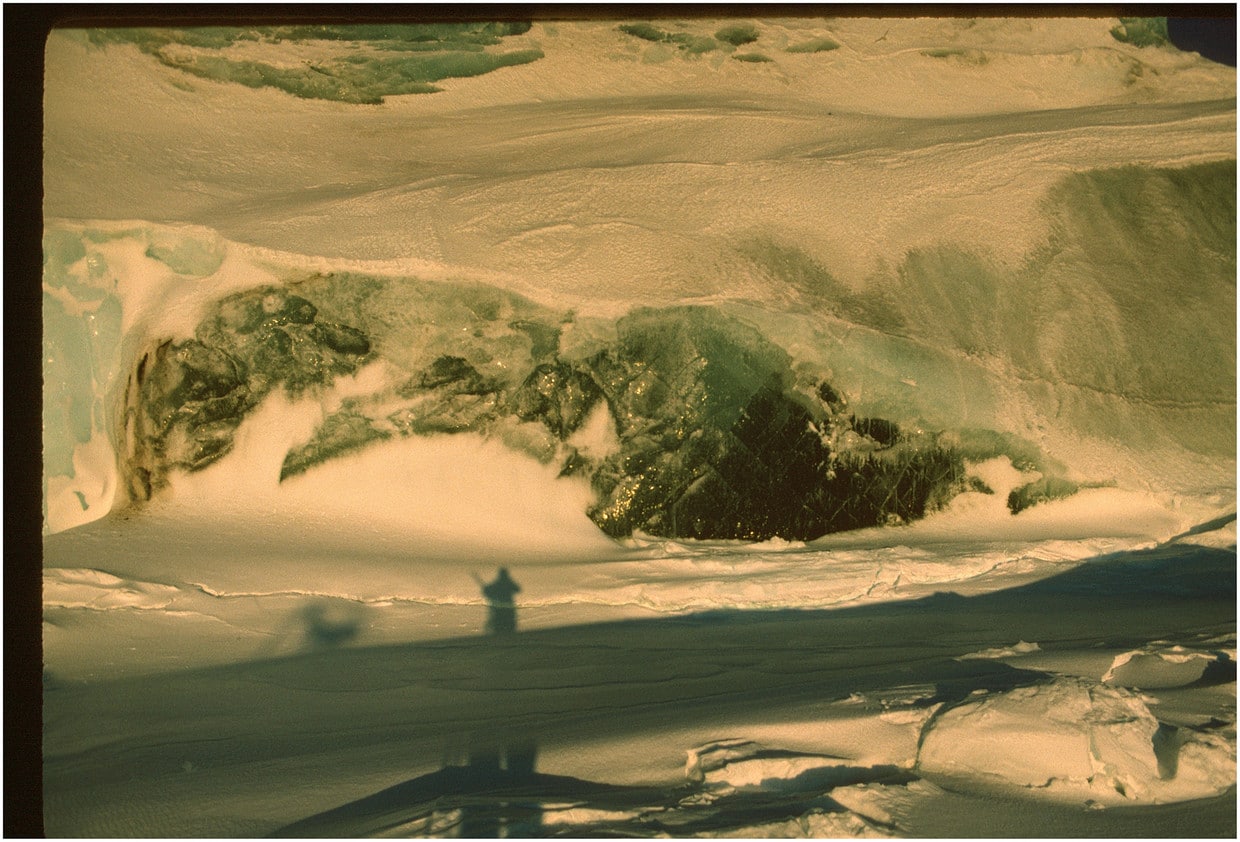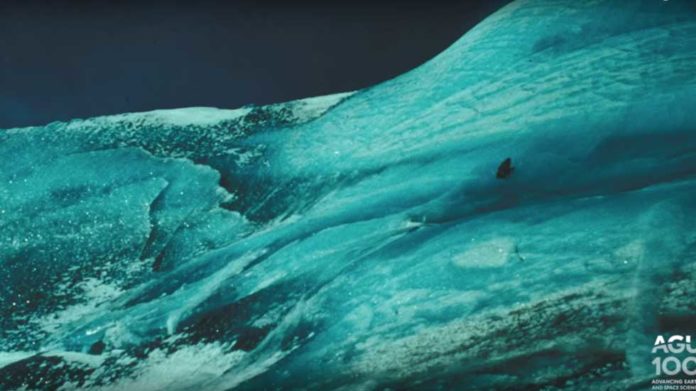Ice crystals form in supercooled seawater beneath several Antarctic ice shelves as they rise to the ice‐shelf base they scavenge particles from the water and incorporate them into the growing basal ice. Icebergs of marine ice vary in color from blue to green, depending on the nature and abundance of foreign constituents in the seawater that became trapped in the ice as it grew.
Such green jade icebergs have fascinated sailors and explorers for decades. Now, scientists have discovered the origin of their unique hue and revealed their important mission.
Glaciologist Stephen Warren from the University of Washington said, “We always thought green icebergs were just an exotic curiosity, but now we think they may actually be important.

Warren has been studying the phenomenon of jade icebergs for three decades and noticed early on that the green ’bergs were denser than their blue-white counterparts, often without any air pockets whatsoever inside them.
Scientists believe that decaying marine plant life, yellow in color, was likely responsible for the green coloration when it mixed with the blue of the ice.

In 2016, a team of oceanographers from the University of Copenhagen tested an ice core which had 500 times more iron than the glacial ice above, which in turn, led Warren to believe that pulverized iron ore, crushed by Antarctic glaciers, is the culprit behind the jade icebergs.
Iron is surprisingly scarce in parts of the world’s oceans, despite being such a key nutrient for phytoplankton and microscopic marine life, which may mean the emerald-colored icebergs are as precious to the environment as their gemstone namesakes.
The study is presented in the journal JGR Oceans.
